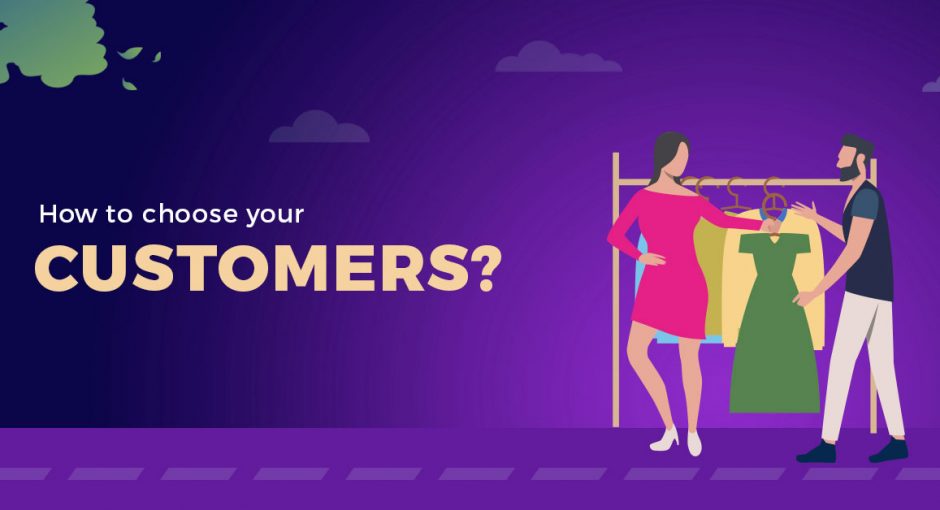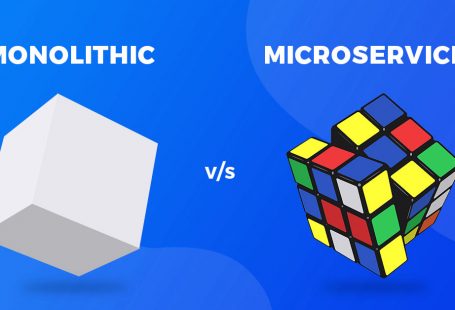To market a product, you need to convey the right message to the right people. To make that happen, there is a need to learn about customer segmentation.
A good segmentation streamlines both marketing and production efforts. You can select optimum communication channels for a segment. Moreover, you can test your pricing options and focus on profitable customers.
Customer Segmentation can help a startup on a lot of fronts, namely:
- Competitiveness
- Expansion Ability
- Customer Retention
- Timely Capitalization
- Price Optimization
Generally, there are 4 types of Market Segmentation. Let’s throw some light on them:
1) Demographic segmentation
It’s a very basic segmentation and is derived from the word ‘Demography’. The prospective market is identifies based on consumers’ age, gender, and ethnicity.
Demographic Segmentation also includes:
- Family Size
- Family Life Cycle
- Income
- Education
- Occupation
Also, you can determine your target group and streamline your marketing strategies.
For example, if your brands deal in sports cars, you would target people in the age group of 20-35. Also, you can consider the data on income, as income reflects the choices of consumers.
What if you own a women’s magazine?
You will obviously target females of a particular age group based on the content of your magazine. You may also consider the family size or the total number of females in a family. More the number of females, more likely they will discuss things related to femininity.
A prominent advantage of this segmentation strategy is that the variables considered are easily measurable.
2) Behavioral Segmentation
As the name suggests, this segmentation is based on the behavioral analysis of customers, when they make decisions to purchase a product or service. Understanding the readiness of customers to purchase a product, their loyalty towards a brand, their, and spending habits, is a part of Behavioral segmentation.
What are the goals behind segmenting customers based on their behavior?
- Determining how a product or a service can meet the needs of different customer segments
- Tailoring your marketing initiatives and campaigns to reach a specific segment at a time in which they’re most likely to make a purchase
Behavioral Segmentation can be further branched into:
a) Purchasing Behaviour
A consumer’s purchasing behavior can be broken down into four possible categories:
(i) Complex Purchasing Behaviour: At times, customers are way too involved in the decision-making process, as the brand of the product plays a key role in the purchase. For example, a customer might get stuck between Mercedes and BMW, which makes his or her behavior towards s purchase rather complex.
(ii) Habitual Purchasing Behaviour: At times, customers aren’t much involved with the purchasing process, as the quality of the product doesn’t vary from brand to brand. So it all comes down to a customer’s preference. For example, there is hardly any difference between Coke and Pepsi, and it’s more or less about a customer’s habit. What he has been drinking habitually or even lately.
b) Occasion or Timing
The desire of customers to make a purchase is heavily dependent on occasions or timing of the year.
Consumers are more driven to make a purchase during a festive or a holiday season than they are the rest of the year.
People even create their own occasions, which they celebrate yearly, monthly, or even weekly.
For example, people might order flowers from the same brand to celebrate their anniversaries.
c) Benefits Sought
If anyone asks their customer “Why do you use our product/service?”, you are likely to get exclusive answers.
For example, just think about customers who are visiting a local grocery store:
- Some will look for the best deals available
- Few of them will be highly health-conscious, and won’t worry about the best deals and will only look for the freshest of eatables.
- Some will be in a hurry to get their hands on some essentials so that they can go home and enjoy their weekend.
So different traits and scenarios should be taken into consideration when segmenting consumers.
d) Loyalty
A loyal customer is different than a habitual customer.
The buying patterns of a habitual customer are need-oriented, no matter what brand is fulfilling that need. On the other hand, the buying patterns of a loyal customer are brand-oriented and are beyond lucrative deals. For example, there is a hardcore loyalist of Blackberry, who won’t ever shift to iPhone.
But you still shouldn’t take a back seat and take your loyal customers for granted. You need to understand their psyche, zero in on features which drive them towards your product and improvise.
It’s important to thank them for their patronage so that they can engage with your product further.
3) Psychographic Segmentation
When you divide the market based on consumer’s personality traits, values, attitudes, and interests, then it comes under Psychographic Segmentation. The gap between a product and a customer’s requirements narrows to a great extent by this segmentation.
Understanding consumer’s past regarding their buying patterns is the crux of this segmentation.
You need to gather data pertaining to their:
- Personality
- Lifestyles
- Social Class
Don’t confuse Psychographic segmentation with Behavioral segmentation.
The former is done to see how well your product or service blends with your customer’s lifestyle. The latter is done to understand the psyche of customers. To understand why customers push the ‘Buying Button’,
By following the right methods and gathering relevant data, you can gain knowledge on:
- What consumers value in life
- Consumer’s pain points
- Apprehensions that consumers have to avail your kind of product or service
- Ways in which you can help consumers extract value out of a product or service, based on their attitudes.
It’s not just about obtaining this knowledge. You should modify your products or services in accordance to give customers an exclusive and personalized experience so that they can associate better with each of your offerings. This is how you can build long-lasting relationships. You must read how Netflix has taken personalization to the next level.
4) Geographic Segmentation
One can segment a market on the basis of geography as well.
You can segment a market locally (city or state-wise), or continentally, or even internationally. Moreover, you can further divide a selected state or a city into rural, suburban, and urban regions. You can also segment based on the population or climate.
How do Geographic Segmentation benefits?
- There are organizations whose products or services cater to national or even international markets. For that, understanding the cultural and historical characteristics of a region becomes crucial. This is where geographic segmentation comes in handy.
- This kind of segmentation saves a lot of moolah for small businesses have limited budgets. It prevents them from deviating to regions not conducive for their business practices.
- For a densely populated region, this segmentation is useful. Such a region will have rural, urban, and suburban population. The rurality and the urbanity of a region alter the buying habits of consumers. Moreover, segmenting a region likewise helps to figure out the needs of consumers living in such diverse environments.
Hope you liked this write-up. The next step in a startup journey is competitive analysis. Do give it a read as well.







